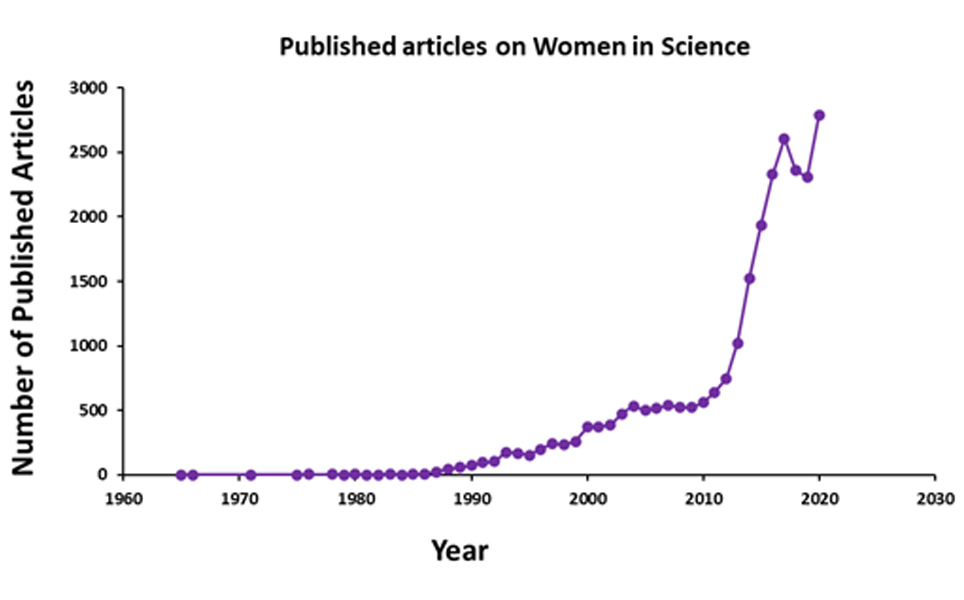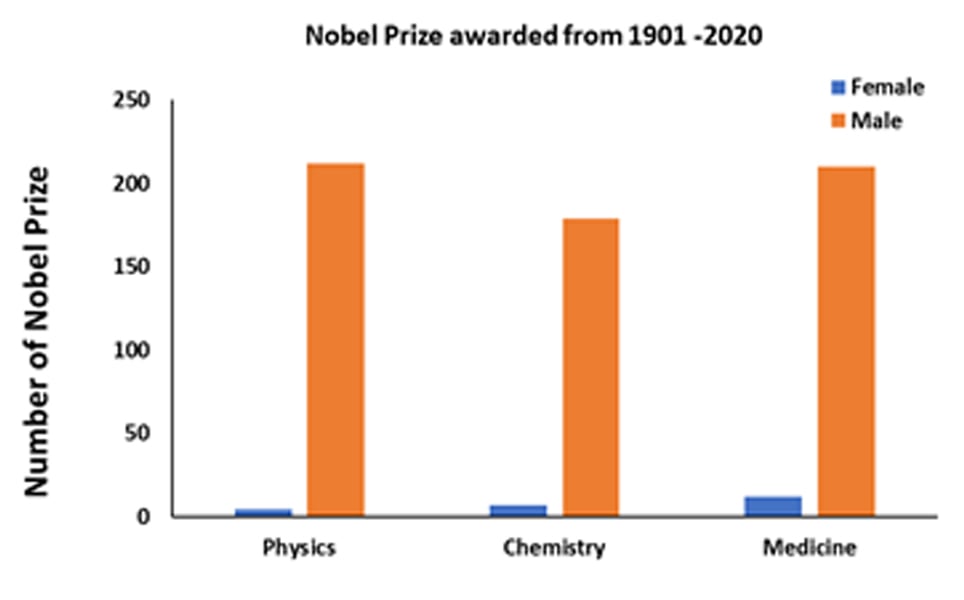
Celebrating women in science: Closing the gender gap in science
Dr. Anu Ramakrishnan, Product Specialist at Scientifica
Representing half of the world's population, women have a significant role in sustainable development and creating a peaceful society, and it is important to recognise the strength of women in science. Science and technology are the forefront of humanity’s response to any crisis, and women have always played a significant role in bringing this science and technology to use. The year 2020 was a blockbuster year for women in science, with three women scientists winning the prestigious Nobel prize – Jennifer Doudna and Emmanuella Charpentier sharing the prize for Chemistry and Andrea M.Ghez receiving the prize for Physics. Let us look into the significance of women in science in more detail, as well as the hurdles they face and possible solutions to overcome the under representation of women in science.
The significance of February 11th
The International Day of Women and Girls in Science is observed on February 11th every year. The very existence of this day signifies the lack of gender diversity in science. Though gender disparity existed in science for centuries, the importance to acknowledge and recognise it happened only in the last decade. More articles emphasising the importance of women in science started to emerge in the early 2010s (Fig 1). The International day of Women and Girls in Science was established by the United Nations to help raise awareness and close this gender gap.
Each year, the UN assigns one theme to recognize the importance of Women in Science. This year, it is for women at the forefront of the fight against COVID-19. Women in healthcare and science have had an immense contribution to fighting this pandemic and rendering support. At this juncture it is important to recognize four women who contributed to successful COVID-19 vaccine discovery:
- Dr. Kizzmeika Corbett - viral immunologist and research fellow in the Vaccine Research Center (VRC) at the National Institute of Allergy and Infectious Diseases (NIAID), who was leading the team of researchers working on a Covid-19 vaccine at the NIH.
- Dr. Kathrin Jansen - senior vice president and head of vaccine research and development at Pfizer who teamed with BioNTech to successfully produce COVID vaccine.
- Dr. Sara Gilbert – Professor of Vaccinology, University of Oxford who developed the AZD1222 vaccine in collaboration with AstraZeneca.
- Dr. Nita Patel - Director for vaccine development and antibody discovery at Novavax, who leads an all-female team working to create a viable vaccine for Covid-19.

Causes of gender disparity in science
Gender disparity exists throughout science, reflected by the percentage of Nobel prizes awarded to women to date, with 96.4% awarded to men and 3.6% to women.

This gender disparity in science can be divided broadly into two categories; one at the level of secondary and tertiary education and one at the level of career and success. At the level of initial access to science education, in North America, men are still more likely to graduate from the natural sciences, mathematics, and information and communication technologies, and to translate higher degrees into employment, than women. There are several reasons for women’s and girls’ low levels of engagement in STEM, including:
- Stereotypes within schools and families, where boys are thought to outperform in maths and science.
- Perceptions that heavily male-dominated STEM careers are not suitable for women.
According to the NSF Science and Engineering Indicator, between kindergarten and 12th grade, female students' achievement in mathematics and science is on par with their male peers, and female students participate in high level mathematics and science courses at similar rates to their male peers, with the exception of computer science and engineering. The rates of science and engineering course taking for girls/women shift at the undergraduate level, and gender disparities begin to emerge, where women make up 54.8% of earned undergraduate degrees in the social and biological sciences and 42.4% in mathematics and statistics. Women are underrepresented in computer science (18.7%), the physical sciences (19.3%), and engineering.
There can be barriers to women pursuing a career in scientific research, these include bias, organisational constraints, organisational culture, and differential effects of work and family demands. According to UN data, less than 30% of the world’s researchers are women. Though there has been a considerable worldwide increase in women scientists, they publish fewer papers than men. A recent article in PNAS by Huang et al shows that there is increased gender disparity among the top publishing group, whereas this disappears in the median publishing group. One important thing to notice is that each year, women scientists have a 19.5% increased risk of leaving academia than male scientists, giving male authors a major cumulative advantage over time. Moreover, this observation demonstrates that the dropout gap is not limited to junior researchers, but persists at similar rates throughout scientific careers.
So, what are the potential reasons for such a huge drop out? Possible reasons include:
- Numeric underrepresentation and stereotypes,
- Lack of functional supportive networks,
- Lack of women leaders and lack of leadership training for young investigators.
Potential solutions to close the gender gap
Potential solutions to help close the gender gap include:
1. Understanding and appreciating the difference between men and women’s working style
It is a well-known fact that men and women think and work differently. Men can often assume a more agentic perspective, whereas women appear to favour a more communal, holistic perspective. Understanding and educating everyone to appreciate this difference will help minimise the gender gap.
2. Creating active support networks
While there are many committees and boards available in institutes to support diversity and inclusion, these bodies are often not an easily accessible resource. It is therefore important for any organisation or institute to set up more small support network groups that periodically listen to young investigators' problems and constantly support them. These organisations can help young women and girls find the right mentors to provide social support.
3. Developing strong leadership abilities
While most women in science have great technical expertise in their field, they can lack confidence and have low self-esteem. It is therefore important for any woman in science to develop strong leadership ability to improve their confidence and self-esteem. Though professional development is common practice in many institutions, and is offered to new faculty regardless of gender or discipline, it is more of a training protocol than tailored, structured training. Having professional development courses for women in science with key performance indicators, will help them develop into strong leaders.
Conclusion
The amount and quality of gender data is improving over time; women are making progress but can still be at a disadvantage in some situations. More tools are necessary to understand this gap and working together as one society is important to reach gender parity.
Continue celebrating women in science
- Celebrating women in science: Marie Skłodowska Curie, a historic role model
- This useful resource, developed by the Royal Microscopical Society and Sian Culley at University College London, highlights female microscopists around the world, to help with the selection of a positive gender balance of speakers at conferences and other scientific events.
Sign up to receive our latest news
Find out about Scientifica's latest product releases, company news, and developments through a range of news articles, customer interviews and product demonstration videos.

)